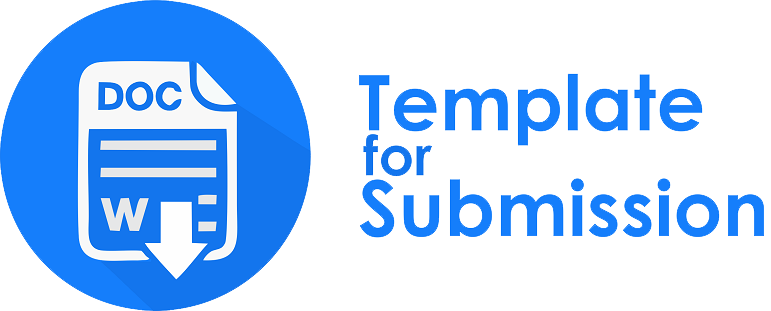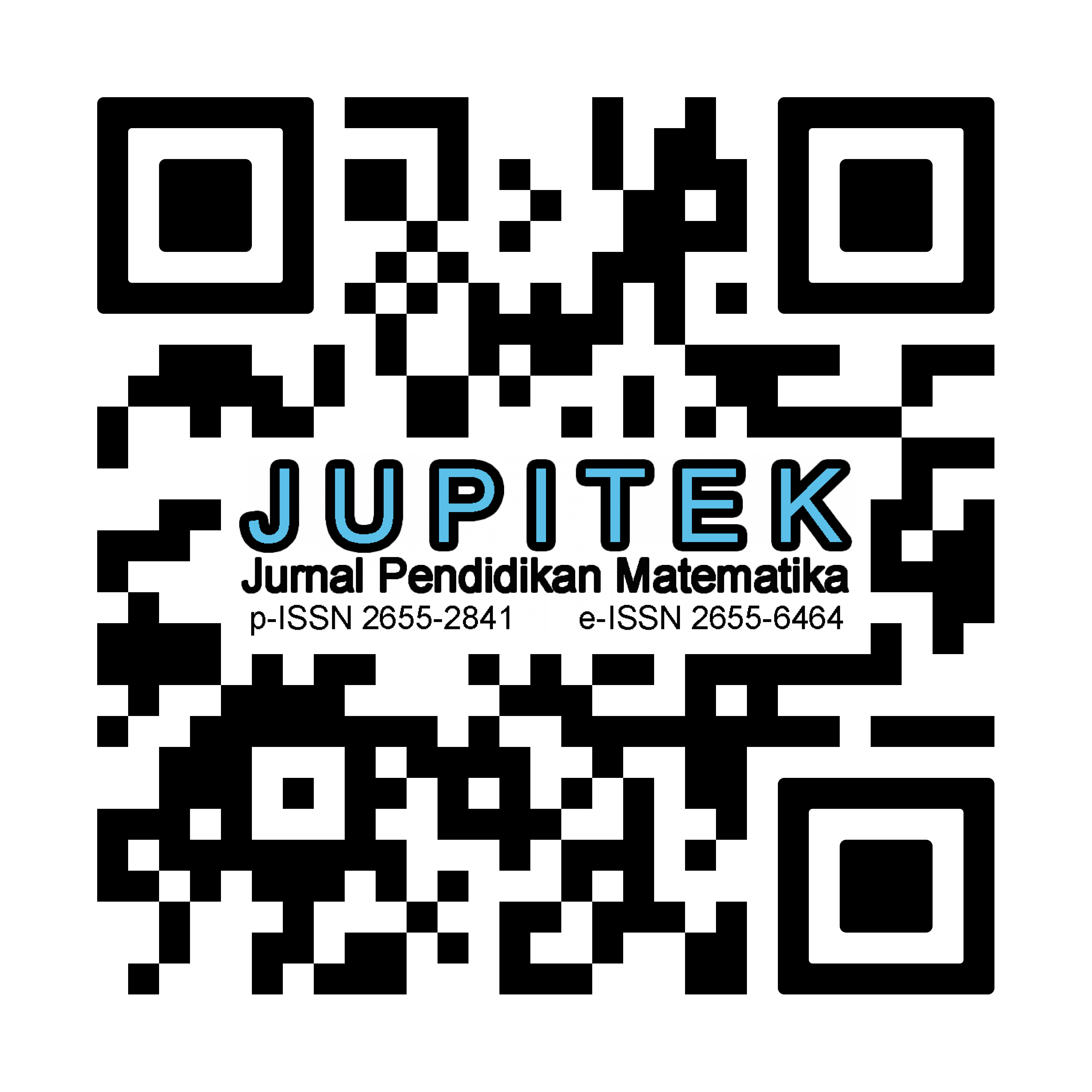PEMBELAJARAN ARIAS DENGAN SETTING KOOPERATIF DALAM PEMBELAJARAN GEOMETRI ANALITIK BIDANG
Abstract
The purpose of this study is to know the improvement in student learning outcomes taught through ARIAS learning with cooperative settings in learning Analytical Geometry Fields. This study uses a research design type 0ne-Shot Case Study. The research subjects were lecturers and students of the second semester of the Department of Mathematics Education Unima, academic year 2018/2019, which succeeded 25 students. Data obtained through the results of the test form description. Obtained the average results of student learning outcomes using this learning model is 82 with a maximum value of 95, while the results of inferential statistical analysis obtained results t_hitung= 12,3494 > t_tabel=1,708, with a real level (âˆ) = 0.05. This means the average learning outcomes are more than 62.5 which is a benchmark of graduation. The results showed that using the ARIAS learning model with cooperative settings in learning Geometry Analytic Fields can improve student learning outcomes
Downloads
References
Elliot, A. (2006). The Jigsaw Classroom, Web Site Copyright 2000-2006, Social Psycology Network. http://www.jigsaw.org
Isjoni. (2011).Pembelajaran Kooperatif Meningkatkan Kecerdasan komunikasi antar Peserta Didik. Yogyakarta: Pustaka Pelajar
Ratumanan, T.G. (2004). Belajar dan Pembelajaran. Surabaya: Unesa University Press.
Rahman, M dan Amri, S. (2014). Model Pembelajaran ARIAS Terintegratif. Jakarta: Prestasi Pustaka.
Rizki, S. (2015). Penerapan Model ARIAS Setting Kooperatif Jigsaw dengan Media Audio Visual dalam Peningkatan Pembelajaran IPS Siswa Kelas IV SD. KALAM CENDEKIA PGSD KEBUMEN, 3(1.1).
Rizki S., Triyono, Chamdai, M. (2015). Penerapan Model Arias Setting Kooperatif Jigsaw Dengan Media Audio Visual Dalam Peningkatan Pembelajaran IPS Siswa Kelas IV SD. Jurnal Kalam Cendekia, 3, 67-72
Safitri, D., Maryam, M., & Mustami, M. K. (2016). Pengaruh Strategi Pembelajaran ARIAS Setting Model Pembelajaran Kooperatif Tipe Nht Terhadap Motivasi Dan Hasil Belajar Biologi. Jurnal Biotek, 4(2), 181-191.
Sugiyono. (2009). Metode Penelitian Pendidikan. Bandung : Alfabeta
Copyright (c) 2020 Navel Oktaviandy Mangelep, Murni Sulistyaningsih

This work is licensed under a Creative Commons Attribution-NonCommercial-ShareAlike 4.0 International License.
License and Copyright Agreement
By submitting a manuscript to Jurnal Pendidikan Matematika (JUPITEK), the author(s) certify and agree to the following terms:
- Originality and Authority: The submitting author is authorized by all co-authors to enter into this agreement. The manuscript describes original work that has not been published previously in a peer-reviewed journal, nor is it under consideration for publication elsewhere.
- Approval: Its publication has been approved by all author(s) and by the responsible authorities of the institutions where the work was carried out.
- Rights: The authors secure the right to reproduce any material that has already been published or copyrighted elsewhere.
- Licensing and Copyright: Authors retain the copyright to their work.
- License Grant: The authors grant Jurnal Pendidikan Matematika (JUPITEK) the right of first publication, with the work simultaneously licensed under the Creative Commons Attribution-NonCommercial-ShareAlike 4.0 International (CC BY-NC-SA 4.0).
- Self-Archiving: Authors are permitted and encouraged to deposit the published version of their article in institutional repositories, on their personal websites, and other academic platforms, with proper acknowledgment of its initial publication in Jurnal Pendidikan Matematika (JUPITEK).






.png)


